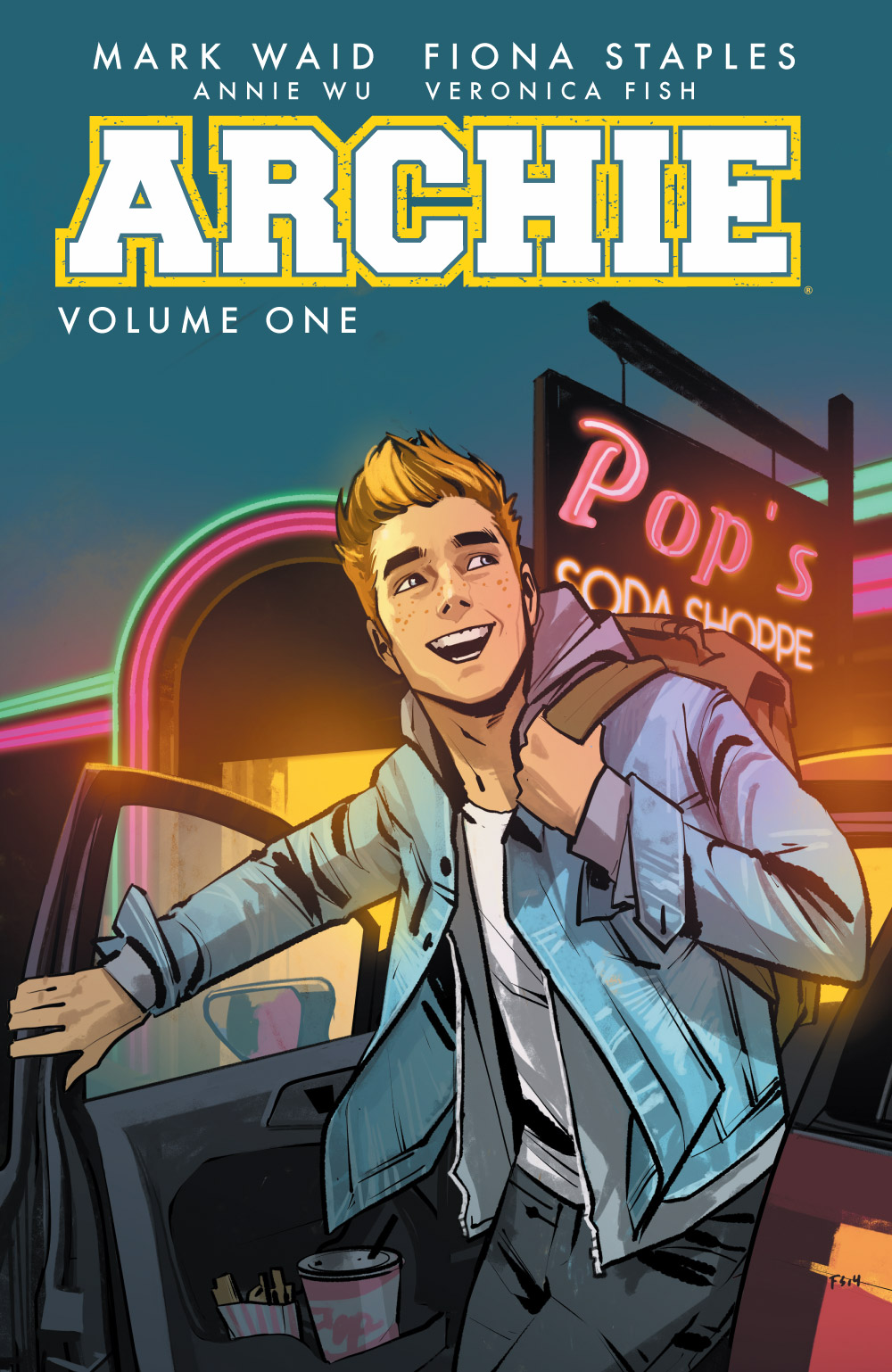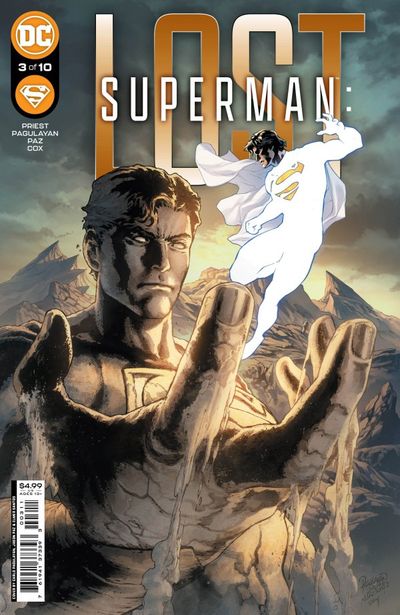

#Archy cartoon series
Reflecting this kind of changing order, one could point to the very successful series of Andy Hardy movies from MGM in the late 30’s.

Shop and service industry workers started getting younger and younger, and the idea of the “afterschool job” for teenagers, for the first time, became viable one needed “dough” to take their best gals out dancing or to the cinema, and to keep up with the hottest new music. The problem was, that in order for the boys to get the girls they needed one thing : money. The Big Band Era brought a new kind of music that emphasized “swing,” with a more aggressive beat that was made for dancing. In film, there became the concept of the “star,” and for the first time teenagers had entertainment choices that were specifically targeted to appeal exclusively to their age-group. But he always learned a lesson in the end, and always had the loving support of his Mom and Dad, if not always their understanding…Īlso with broadcast technology and the phonograph, there became what were called “crooners,” that is, singers of popular ballads (decidedly NOT the operatic or symphonic music of parents) that no longer needed the concert hall to gain a recognition, we could listen to them at our convenience in our own homes because there was a new delivery system via consumer recordings and radio.


This particular radio show was largely centered around the exploits and foibles of teenage son Henry Aldrich, who was always coming up with some “crazy scheme” with his friends, with often no-so-great results. Beginning in the early 30’s, young people across the country could revel, weekly, in the tales of The Aldrich Family on the radio. Artistic and intellectual pursuits were considered “distractions” or “phases,” and wastes of time that little Johnny and Sally would surely just simply “grow out” of. The expectation, economically, for the young man, was to apprentice at the same jobs that their fathers were doing, or to grow up being groomed to take over the family-farm. Before this, teenagers were viewed as “better to be seen and not heard” by the adult establishment. In general, after The Great War there was a pervasive loosening of attitudes toward sex and economic independence that swept infectiously through America - and these mores eventually trickled down to the teenagers. People, especially teenagers, loved these stories they were inspiring and represented what would shortly be called “The American Dream.” Alger’s books, which were immensely popular in the latter quarter of the 1800’s, often featured a juvenile protagonist of modest means that through sheer hard-work, ingenuity and force of intellect, rose above their station and made themselves into “somebody.” That is, successful at whatever it is that they may have chosen to do, despite the odds and obstacles against them. The rise of teenage culture can be traced back to the 19th Century novels by Horatio Alger.


 0 kommentar(er)
0 kommentar(er)
